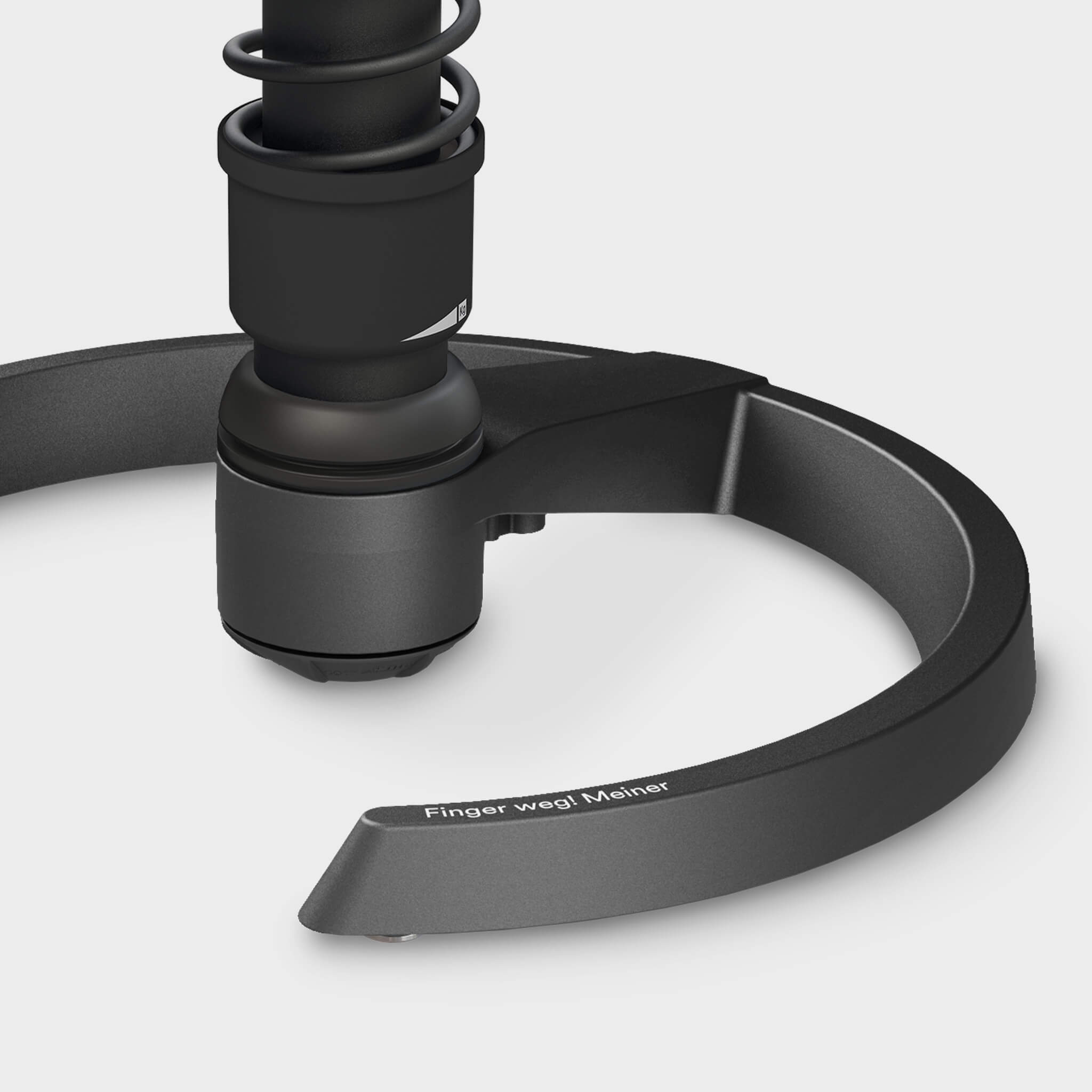What are fascia?
Fascia has been on everyone's lips for some time now. Fascia training, fascia rolling, fascia exercises, fascia yoga, even fascia nutrition are the promises of well-being. But what exactly are fascia?
What are fascia and what are they good for? Fascia is also known as connective tissue. It is a tissue fiber that runs through the entire human body and envelops all muscles (which is why it is often referred to as muscle skin). But all organs are also embedded or anchored in it. It ensures that muscles and organs stay in place and that everything is stable. It can be relatively rigid to provide structure, or soft and stretchy for more flexibility .
You can easily imagine the fascia tissue when peeling an orange. The flesh of the orange is covered and held together by a white, firm skin - similar to how human muscles are held together by fascia.
What do fascia have to do with pain?
In its ideal state, fascia is smooth and supple, like cellophane film, for example. But if the film sticks together, it is difficult to take apart again. It is similar with fascia. If the body is moving, the fascia remains elastic and flexible. But if the body is not moved enough or only moves one-sidedly, they stick together or become matted, which leads to pain, tension and restrictions in movement .
We now also know that the fascia not only holds the body together, but also contains 80 times as many pain receptors as the muscles - they are essentially the nerves of the muscles. In the past, it was believed that back pain or a pulling sensation in the legs was caused by the muscles being tense or overexerted or by the intervertebral discs pinching the sciatic nerve. Today, we know that the fascia is often responsible for this.
What can you do about it?
Fortunately, there are a number of things you can do to prevent problems. Because if fascia can stick together like cling film, then they can also be separated again. This is where fascia exercises come in, for example with the fascia roller.
It is of course good if we prevent adhesions by moving around in everyday life, including in the office. Because if you sit a lot or make a lot of one-sided movements (“mouse arm”), you encourage the fascia to stick together.
Dynamic, springy movements, such as jumping, dancing or running, are important for maintaining the suppleness and elasticity of the fascia. Jerky movements should be avoided. If the office is on an upper floor, it is a good idea to walk briskly up the stairs twice a week and make as little noise as possible.
It is also advisable to take a closer look at your workstation : How much flexibility does it allow me? Do I always look in the same direction? Do I always hold my arm at the same angle when I use the mouse?
What does my office chair look like? Does it allow me to change my position and move around my workplace?
This is where the Swopper from Aeris comes in: It is a kind of "personal trainer" in the workplace that prevents you from sitting rigidly at your desk. It does this so subtly that you don't even notice that you are constantly moving. And this dynamic sitting counteracts the sticking of the fascia.
If you look at it more closely, it works like this: When sitting on the Aeris Swopper, the 3D ergonomic movement joint requires and encourages constant light movements (lateral and vertical). These soft, harmonious, swinging, springy 3D movements activate the fascial structures through constant loading and unloading. This stimulates the hydration of the tissue and nourishes the fascia. They remain supple, can adapt to the different movement requirements and glide easily over the muscle.
In addition, fascia training with the Aeris Swopper is practical and time-saving and is also really fun.
